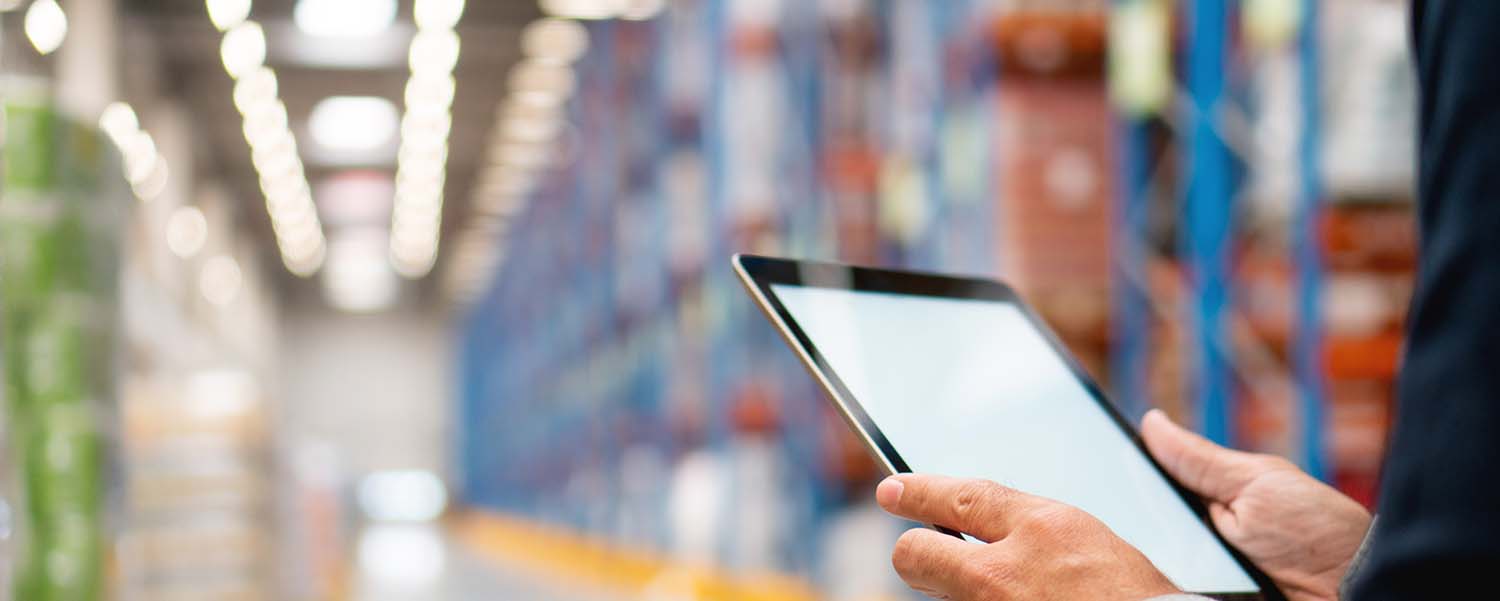The Evolving Distribution Industry

The distribution industry is changing—actually being reshaped—before our very eyes.
For instance, did you know that Uber and Lyft are now considered part of the supply chain in the United States and in parts of Europe? Some predict that, in terms of profits, their role in supply chain logistics in key areas of the world might even surpass that of transporting people.
This was never the intention of these organizations. For instance, Uber, which is barely 10 years old, was started by two friends attending a Paris tech conference. Rumor has it that they left the meeting late one winter night, but due to stormy weather, were unable to get a cab.
After standing out in the cold for what seemed like hours, the idea came to them: How about being able to order a ride via an app on a smartphone? Delivering supplies never came into their minds.
Now, however, instead of just moving people from place to place, Uber and Lyft deliver goods for businesses such as Walmart and Walgreens, as well as B2B suppliers, even in jansan-related businesses, which has helped inch them into the supply chain.
Technological advancements in distribution
The way in which products are delivered is just one of several changes we can expect in the distribution industry over the next few years. A variety of technology-related changes are also in the process of reshaping distribution and are expected to have a significant impact going forward.
Among the key areas in which new technologies will play a greater role in distribution are the following:
Analytics: This tends to be a catchall term. It refers primarily to the application and combination of mathematics, statistics, a thorough understanding of client needs, and predictive modeling.
Advanced analytics will help distributors improve their forecasting and efficiency. This can translate into cost savings for both the distributor and the customer, as well as faster product delivery.
At least one distribution organization already offers its members such technologies in the form of cloud-based “dashboard” systems. These systems help optimize the entire procurement process for both the distributor and the client.
Internet of things: In the jansan industry, when we think about the internet of things (IoT), we often think about machines being taught to perform cleaning duties. However, IoT first made its mark in the supply chain industry. In 1999, an IoT system was developed using microchips and radio receivers to help track the inventory of a popular cosmetic firm.
IoT’s role in distribution will expand quickly and considerably, according to Bill McBeath, chief research officer for ChainLink Research. Not only will it allow for more precise monitoring of orders, shipments, and supplies in stock, but it will help keep track of the location of supplies, customer purchase patterns, and even the maintenance needs of delivery vehicles. Adds McBeath:
“[IoT allows for the] accumulation of data, algorithms, customers, critical partnerships, critical masses of all these things. New unexplored territories and opportunities abound for those ready to take the leap and seize them.”
Blockchain servicing: If you are not familiar with blockchain, join the crowd. It was developed after the Great Recession in 2008 to provide real-time verification and communication of information, primarily for the banking industry.
It can be viewed as a multiple-user database, holding records that are tamper-resistant. This means, once the information has been entered into the blockchain by a supplier, manufacturer, or distributor, for example, it is stored in the “block” and cannot be changed.
This means that with blockchain technology, information about every stakeholder involved with a product, from where the key ingredients came from, to when they were delivered to the end-customer, is stored in the blockchain. The chain of ownership is now available to all stakeholders.
Ultimately, this is expected to increase efficiencies and undoubtedly will make the supply chain more transparent, catch problems along the chain, and speed up deliveries to the end-customer, as well as payments to each partner in the blockchain.
Non-technological advancements in distribution
Most of us have already assumed that new technologies around the corner would impact the distribution industry. We just aren’t certain when it will happen. But non-tech changes are also in the offerings. Some of these changes may have as much impact on the industry as those we have just discussed.
Many of these changes involve such things as risk management, labor, wages, what are called “robot taxes,” and the need for national distribution. Let’s take a closer look at each one of these:
Risk management: In many ways, risk management and sustainability are becoming synonymous. For example, flooding in the summer of 2018 in the Midwest caused issues, such as pipeline and refinery shutdowns. This meant in some areas, fuel was in short supply for varying periods of time, and likely went up in price as well. This implies some distributor deliveries may have been delayed and made more costly. A more sustainability-focused distributorship would have reduced such risks by being less dependent on traditional fuel sources and by using electric, hybrid, and similar highly efficient vehicles.
Labor: New technologies will also impact how many people work in distribution and the qualifications of people hired in the distribution industry. Some jobs will become extinct due to IoT and other technologies. We are seeing this now. However, these tend to be low-skilled positions. Distributors, however, will likely need to hire more highly skilled workers to operate some of the technologies discussed earlier.
Wages: The governor of Illinois set the minimum wage on a path to reach $15 per hour by 2025. Although this has only happened in a few cities and states so far, it is gathering momentum. While distributors may have fewer unskilled workers in the future, they likely will be paying more per hour for those workers.
Robot taxes: Of all people, Bill Gates, co-founder of Microsoft, said in Quartz Magazine that governments should tax company use of robots “as a way to at least temporarily slow the spread of automation and to fund other types of employment.”2 Many states had already considered what are referred to as “technology taxes” or “robot taxes” long before Gates made this comment in 2017.
The reason states want to charge robot taxes is that the taxes will help cover some of the employment taxes traditionally collected by employers and employees and paid into state and local coffers. These employment taxes will be lost if fewer low-skilled jobs are available. Further, states can also use this money to help retrain those that want to learn new and more marketable skills.
National distribution: Distribution will move from the local to the national arena in the coming years. Many local distributors will adjust to this change by partnering with or becoming members of national distribution organizations that can deliver products anywhere in the country.
Putting it all together
As we can see, the distribution industry is continuing to evolve. As with any change, some of these developments will be met with apprehension. That’s normal. What we must remember is that change often brings with it new opportunities.
One change we are already witnessing is that more clients are looking to distributors for procurement solutions. They want the entire supply chain process optimized and made more efficient. The goal of such efficiencies is to help generate cost savings. With the use of new technologies, helping our customers reach their goals will lead us to one of the most significant opportunities in distribution.
















